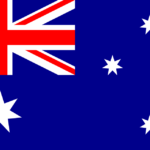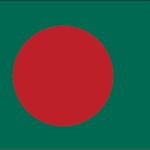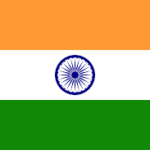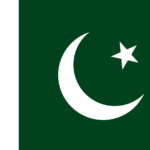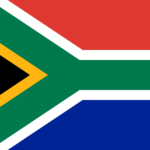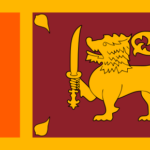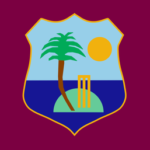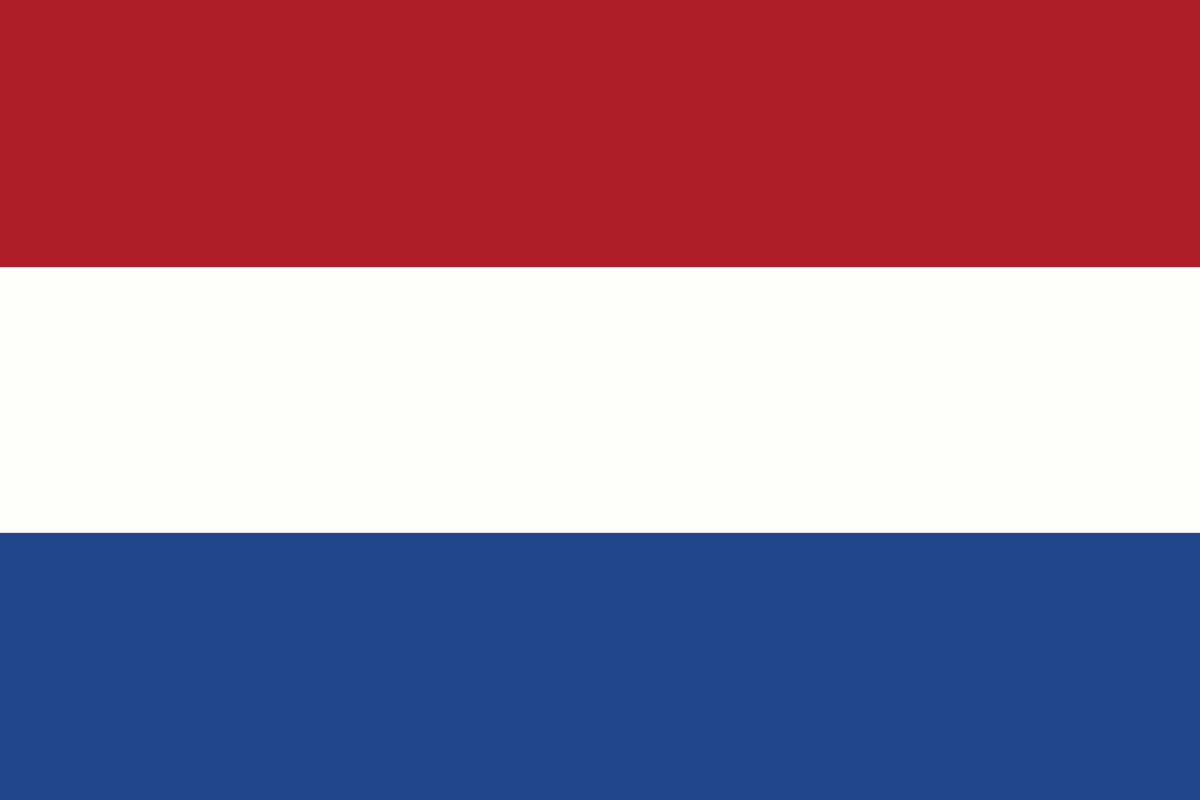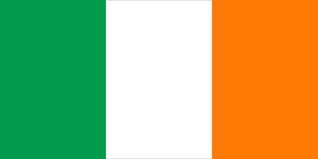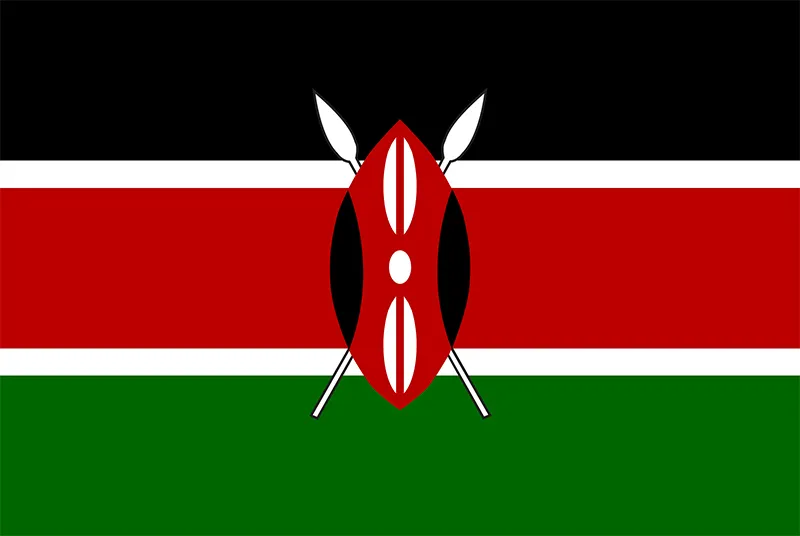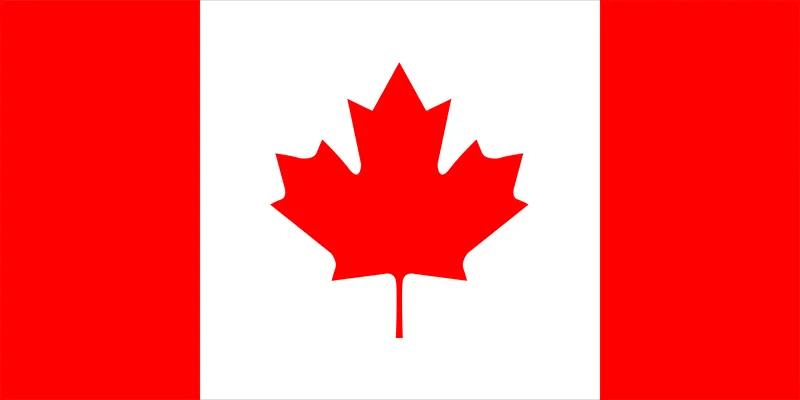The Canada men's national cricket team represents Canada in international cricket. The team is administered by Cricket Canada, which became an Associate Member of the International Cricket Council (ICC) in 1968.
With the United States, Canada was one of the two participants in the first ever international cricket match, played in New York City in 1844. The annual Canada–U.S. fixture is now known as the Auty Cup. Canada's first international match against a team other than the U.S. came in 1932, when Australia toured.[6] As with the ICC associate members, the team's first major international tournament was the 1979 ICC Trophy in England, where they qualified for the 1979 World Cup after placing second to Sri Lanka. After that, Canada did not make another World Cup until 2003, although they remained one of the leading associate teams. From 2006 to 2013, Canada had both One Day International (ODI) and Twenty20 International status, making appearances at the 2007 and 2011 World Cups. However, since the introduction of the new World Cricket League divisional structure, the team has been less successful – they placed amongst the bottom teams at the 2014 World Cup Qualifier and the 2015 WCL Division Two tournaments, and were consequently relegated to the 2017 Division Three event.
In April 2018, the ICC decided to grant full Twenty20 International (T20I) status to all its members. Therefore, all Twenty20 matches played between Canada and other ICC members since 1 January 2019 have been full T20I matches.[7] Canada regained ODI status by finishing above PNG in 2023 Cricket World Cup Qualifier Play-off, and will play the 2023–2027 ICC Cricket World Cup League 2.
History
Early days
It is generally thought that cricket was introduced to Canada by British soldiers after the Battle of the Plains of Abraham in 1759, although the earliest confirmed reference to cricket is of matches played on Saint Helen's Island, Quebec in 1785 on what later became the site of Expo 67.
The roots of modern Canadian cricket though come from the regions of Upper Canada, in particular Toronto, then known as York. During the early years of the nineteenth century, a schoolmaster by the name of George Anthony Barber encouraged the game there, and founded the Toronto Cricket Club in 1827. Barber instigated a game played between the Toronto Cricket Club and the cricket team of Upper Canada College in 1836, a game won by the college team.[8] This game has been played annually ever since. As already mentioned, Canada played its first international against the USA in 1844 in New York at St George's Cricket Club, now the site of the New York University Medical Center.
Late 19th century
George Parr led an English team to Canada in 1859, which was the first ever international cricket tour. A product of the tour was a book by Fred Lillywhite entitled The English Cricketers' Trip to Canada and the United States, published the following year. On the tour, which also ventured into the US, the team won all five official matches against a 22 of Lower Canada (by 8 wickets at Montreal, Quebec on 26 October – 27 September), a 22 of the United States (by an innings and 64 runs at Hoboken, New Jersey on 3–5 October), a different 22 of the United States (by 7 wickets at Philadelphia on 10–12 October), a 22 of Lower Canada (by 10 wickets at Hamilton, Ontario on 17–19 October) and a further 22 of the United States (by an innings and 68 runs at Rochester, New York on 21–25 October). There were also some exhibition matches and two excursions to view the Niagara Falls.
When Canada became a nation in 1867, cricket was so popular it was declared the national sport by John A. Macdonald, the first Prime Minister of Canada.[9][10] The influence of baseball from the United States saw a decline in the popularity of cricket, despite tours from English and Australian teams. The third tour by an English team in 1872 featured none other than the famous W. G. Grace. The first Australian team to tour came in 1877, and they returned in 1893 beating Canada by an innings.[11] Three games were played against Ireland between 1888 and 1890, Ireland winning one, with the other two drawn. A tour of North America by the Australians in 1913 saw two first-class games (both won by the tourists) against a combined Canada–USA team.[Note 1][12][13] The second of these, played at Rosedale, Toronto, was the first first-class match played in Canada.
1887 England tour
The first official tour of the United Kingdom by a Canadian team took place in 1887: an unofficial tour in 1880 had been abandoned after Canadian captain Thomas Dale (playing under the alias Thomas Jordan) was arrested on charges of desertion and fraud during a match against Leicestershire.
The tour started with two matches against Ireland, against whom Canada drew one game and lost the other, followed by two matches against Scotland with the same result. The tour then ventured into the north east of England with a defeat against the Gentlemen of Northumberland and a draw against Durham.
The tour then continued with various matches against county sides and others, with wins coming against the Gentlemen of Derbyshire and the Gentlemen of Warwickshire. The Canadian team finished the tour with a win–loss record of 2/5 with the remaining twelve games all drawn.
1950s
The Marylebone Cricket Club visited Canada in 1951, the highlight of which was the first first-class game played by the Canadian national team, played in Armour Heights, Toronto, which was won by the visiting side.[14] This was followed in 1954 by a tour to England on which Canada played eighteen games, four of which were given first-class status, including one against Pakistan who were also touring England at the same time.[15] The MCC again visited Canada in 1959 under Dennis Silk, and played a 3-day game against a Canada XI in Toronto which they won by 10 wickets. They were undefeated throughout the tour, winning most of their matches by wide margins, but had a closely fought draw against the Toronto Cricket Club.[16] This was the decade when the Imperial Cricket Conference had plans to grant Canada Test status, but Canada themselves postponed the idea as they felt that the Canadian national team was not of sufficient standard, and that competing against full-members' sides needed some time as they wanted to improve their cricket even domestically. However, things did not go as planned and it would be fifty years before Canada next played a first-class match.
1960s
The annual series of matches between Canada and the USA continued, alternating between the countries. In the 1963 match in Toronto, Ray Nascimento scored 176, then a record for the series.
1970s
Canada drew a game against Ireland in 1973,[17] and the following year again embarked on a tour of England. The tour was a much lower profile than the 1954 tour, with the games being against club sides, county second XIs, and minor counties. Canada had a 4/6 win–loss record on the tour, with a further six games being drawn.[18] In 1979, Canada participated in the first ICC Trophy. They reached the final of the competition, which qualified them for the 1979 World Cup, where they played their first One Day Internationals.
9 June 1979
Scorecard
Canada
139/9 (60 overs)
v
Pakistan
140/2 (40.1 overs)
Pakistan won by 8 wickets
Headingley, Leeds, England
(First ever ODI match for Canada)
The World Cup was not a successful tournament for the Canadians though, and they failed to progress beyond the first round, losing all three games.
1980s
Canada participated in the ICC Trophy again in 1982 and 1986. They could not repeat their success of 1979 though, and failed to progress beyond the first round on both occasions. Other internationals in the 1980s include a no result game against Ireland in 1981,[19] and a 3 wicket loss to Barbados.[20]
1990s
The 1990s saw Canada progress up the international ladder, playing in three further ICC Trophy tournaments, their best being a seventh-place finish in 1997. They also began competing in West Indian domestic one-day cricket in 1996, and competed in the Commonwealth Games cricket tournament in 1998, though they did not progress beyond the first round.
2000s
2000 saw Canada host the first ICC Americas Championship, a tournament which they won. The following year they embarked on a tour to Sri Lanka, but the highlight of 2001 was their hosting of the ICC Trophy. They finished third in the tournament, which qualified them for the 2003 World Cup. It was this ICC Trophy tournament that first saw the emergence of John Davison, who was to become one of Canada's most successful players.
Canada played various matches in the buildup to the World Cup, visiting Argentina in April 2002, finishing as runners up to longtime rivals the US in the Americas Championship, swiftly followed by a fifth-place finish in the ICC 6 Nations Challenge in Namibia. The West Indian A team toured Canada later in the year, and Canada won the one-day series 2–1, and drew a two-day game. This was followed by Canada's best performance to date in West Indian domestic one-day cricket, winning two games in their first round group, just missing out on qualification for the semi-finals.
The World Cup itself was a tournament of contrasting fortunes for the Canadians. They started with their first ODI win, over Bangladesh. Two games later saw them dismissed for 36 against Sri Lanka, then the lowest score in One Day International history. The next game against the West Indies saw John Davison score the fastest ever World Cup century, although Canada lost that game, and did not progress past the first round.
11 February 2003
Scorecard
Canada
180 (49.1 overs)
Bangladesh
120 (28 overs)
Canada won by 60 runs
Sahara Stadium Kingsmead, Durban, South Africa
2004–2008.


